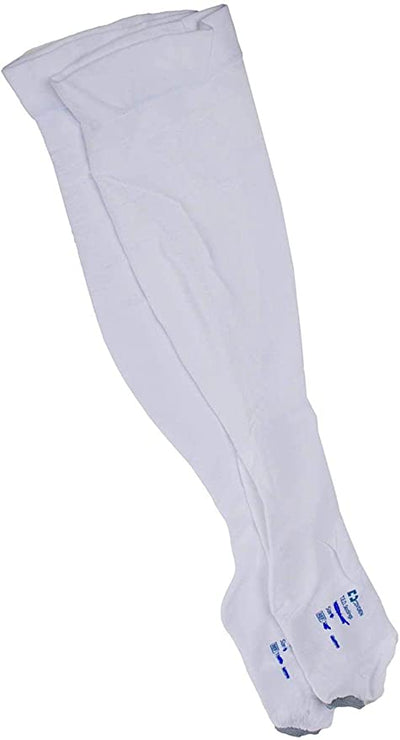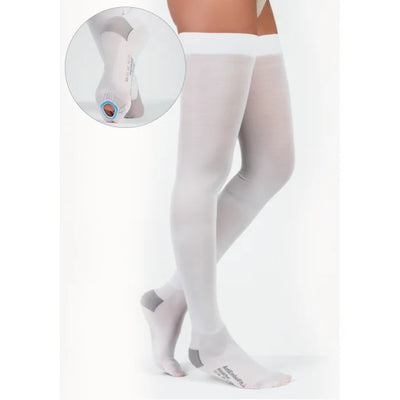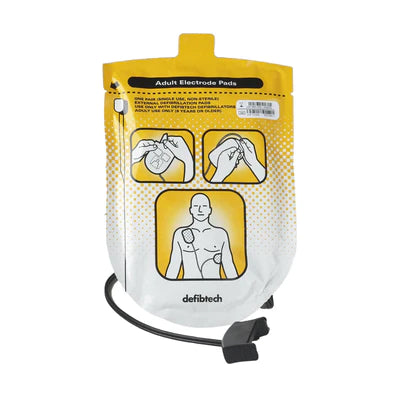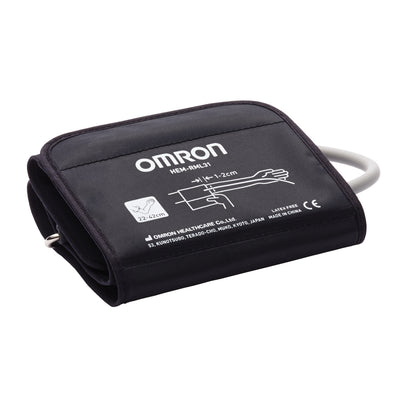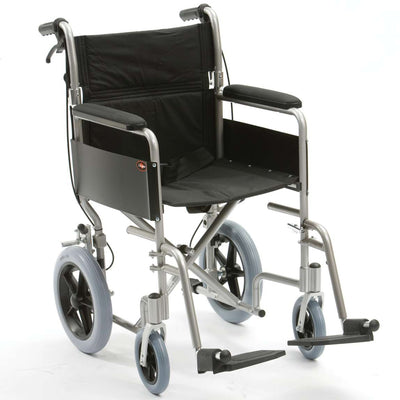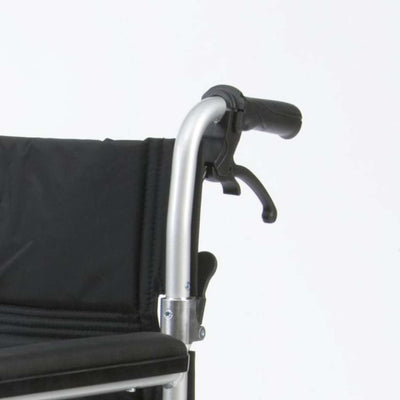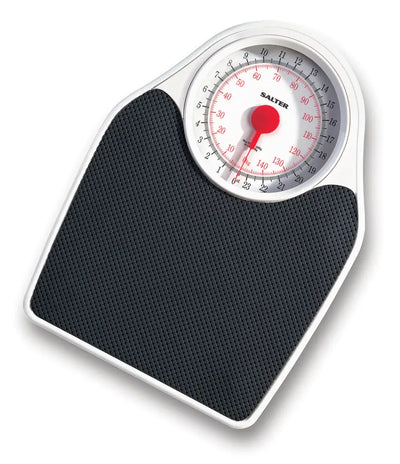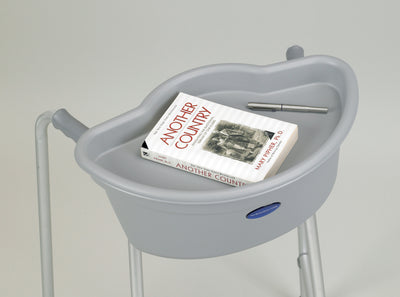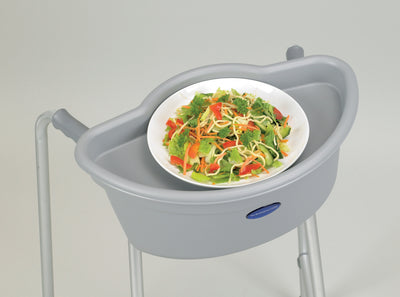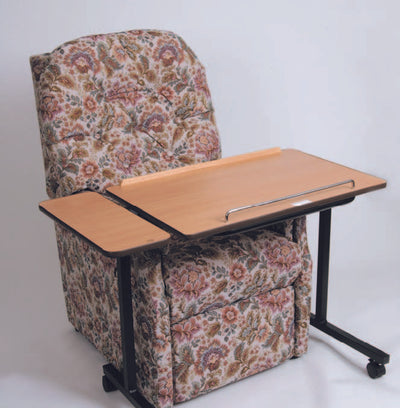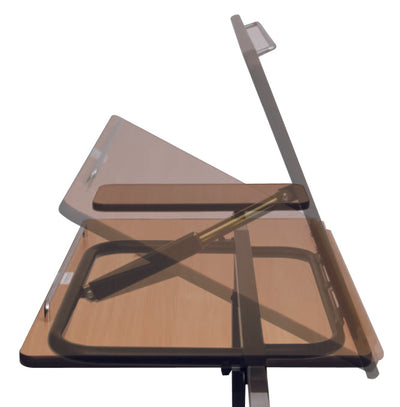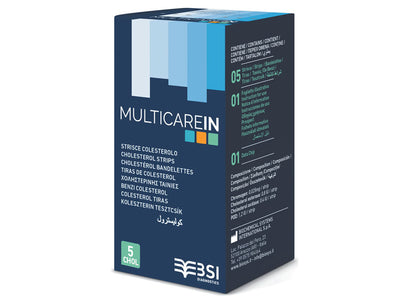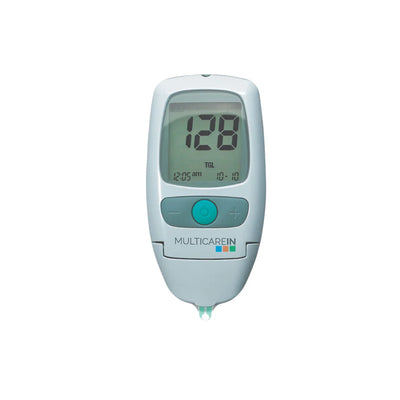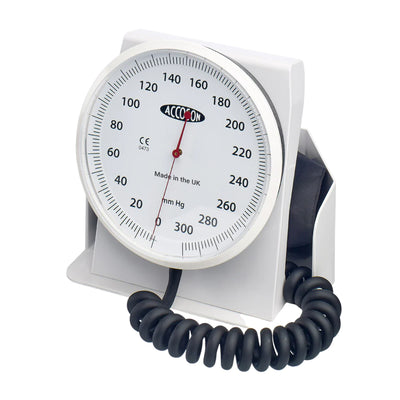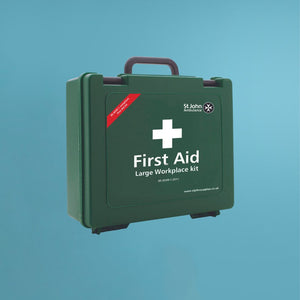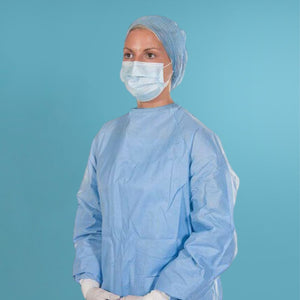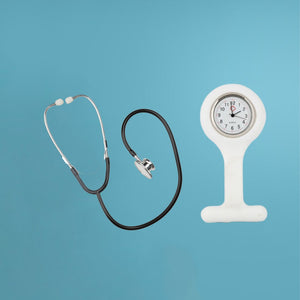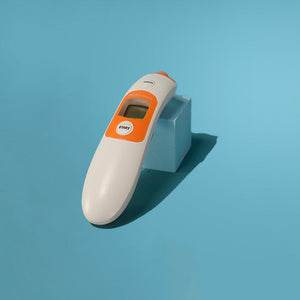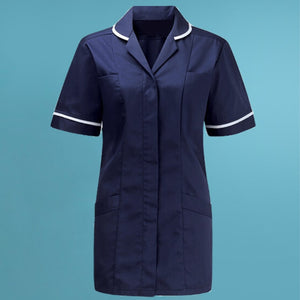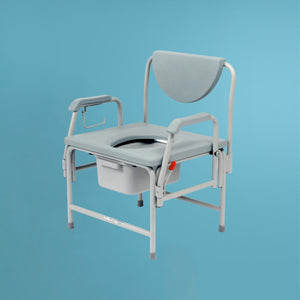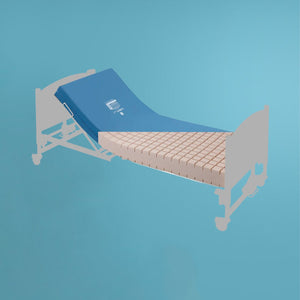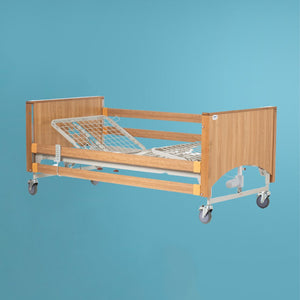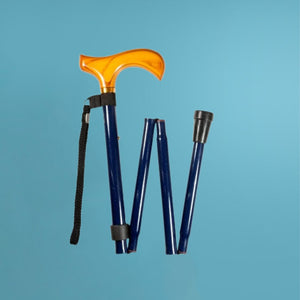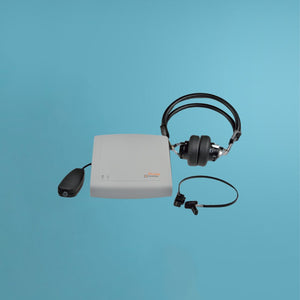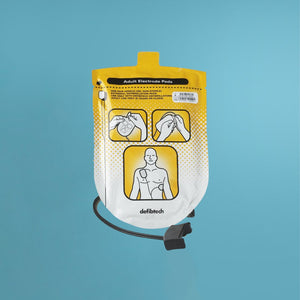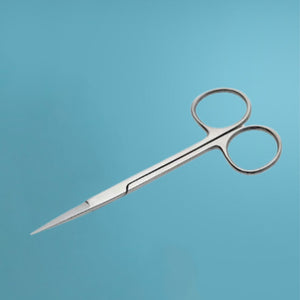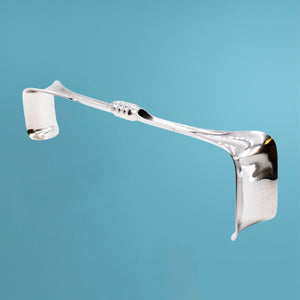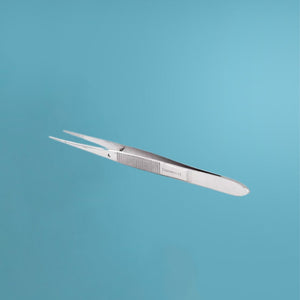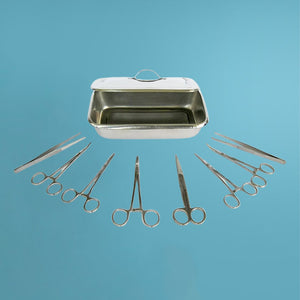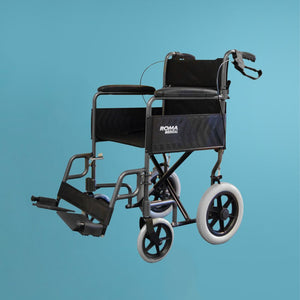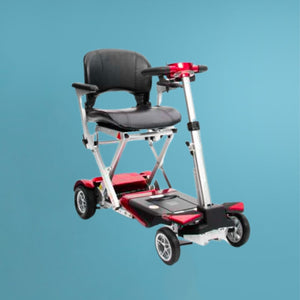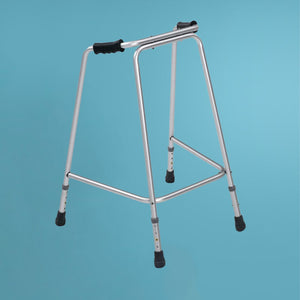Blogs
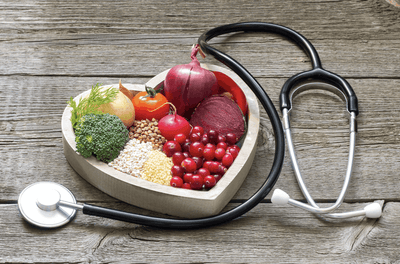
Essential Safe Cooking Tips for Elderly Cooks
14.10.2024
When it comes to cooking and preparing meals, kitchen safety should be of paramount importance to all of us. However, as we age it’s even more important that we make sure our kitchens don’t become ‘danger zones’ within our homes.
Preparing food should be an enjoyable and rewarding part of daily life for as long as possible. By putting a few of these safe cooking tips to work, you or your elderly person should be able to safely prepare food for themselves (and others) for longer. Here are essential safety tips for elderly cooks to stay safe in the kitchen:
Organise the Kitchen
A well organised, clutter-free kitchen is a great starting point for keeping the area safe for use. Take some time to declutter any old cooking equipment or utensils that are no longer in use or needed. Clear out some space in the cupboards or work surfaces so that regularly used pots, pans, utensils and food can be easily found, stored and reached.
Consider storing the most frequently used items within easy reach of the workspace to avoid the need for stretching or bending. Use shelves or cabinets that are at waist height to reduce the risk of injury.
Improve the Lighting
Safety and efficiency in the kitchen are greatly improved when you can see clearly what you’re doing - and this is especially true for older cooks. For better daytime visibility consider removing blinds or curtains from any windows to capitalise on all of the possible natural light that can come in.
For evening use or if the kitchen has no window or natural light source, make sure that lighting is task specific. Overhead, main lighting can cast shadows over workspaces making them more dangerous and difficult to work safely in. Fit task specific lighting over the stove, countertops and sink areas to avoid accidents like cutting or spilling.
Use Easy-to-Grip Utensils
It creeps up slowly on us and, before we know it, our muscle power has decreased with age. Arthritis or weak hands can make it difficult to grip regular utensils, making it more dangerous for us to handle hot pots and pans, knives or hard-top-open glass jars etc.
There is a huge variety of ergonomically designed kitchen aids and utensils on the market designed to help elderly people stay safe in their kitchen and buying some easy-to-hold utensils and cooking equipment will be a great investment.
Avoid Slips, Trips and Fall Hazards
Falls and trips in the kitchen become increasingly more common as we age so it’s a great idea to assess where those danger points might be in your kitchen area. Remove rugs, carpets, loose areas of flooring and replace with slip-free floor tiles or similarly appropriate floor surface.
Clean up spills immediately to prevent slips and falls - perhaps using a close to hand mop or long handled brush and dustpan to avoid unnecessary bending down. Spills of oil or water on the floor can be incredibly hazardous, especially for elderly individuals.
Remember your footwear, and always wear well fitting, slip-free shoes or slippers when walking around the kitchen to avoid stumbles or slips when carrying hot food items etc.
Be Fire Aware
Heat and flames often cause injuries in the kitchen, so the same common sense approach to this should be applied no matter how old the cook may be.Ensure towels, pot holders, paper towels, and plastic items are kept away from the stove. Fire hazards increase if flammable objects are placed too close to burners or the oven. Avoid wearing loose clothing when cooking.
Use the right size burner for your pot or pan. If the burner is too large, it could overheat the sides of the pan, creating a risk for burns and fires.
Install Smoke Detectors and Fire Extinguishers. Ensure a fire extinguisher is readily available in the kitchen and that all family members know how to use it. Fire extinguishers have different classification depending on the type of fire they should be used for. For example, Class F extinguishers, which are often used for kitchen fires, are designed to extinguish fires involving oils and fats.
Other Handy Safety Items
Think about knife-safety in the kitchen. Use knives with ergonomic handles and always cut away from the body. Keep a first aid kit nearby for small injuries and consider using pre-chopped vegetables to avoid using knives frequently. Store your knives in a safe place, either in a knife block or on a magnetic stand - never store your knives loose in a cutlery drawer as this can easily create an environment for serious cuts to occur. Always cut items on a stable, flat surface.
If you’re becoming a bit forgetful, using kitchen timers or alarms to avoid forgetting something on the stove or in the oven can be incredibly helpful. Consider appliances with automatic shut-off features, which turn off after a certain period of inactivity.
Adopting these tips will help to create a safer cooking environment and reduce the risks of burns, fires, and accidents - for all of us. By taking a proactive approach to kitchen safety, you can ensure that cooking remains a secure and enjoyable activity.
Need more help with buying safe kitchen aids and equipment? We're always here to help so get in touch today.
Learn More Now
Adapting Your Kitchen for Age-Friendly Cooking and Dining
16.02.2024
When it comes to independent living, being able to feed ourselves and cook safely is a primary factor in how successfully we can remain living in our homes as we grow old.
We all know that the kitchen can be a dangerous place and that we need to handle utensils, hot ovens and boiling water etc very carefully. Despite this accidents do happen, not least to older adults and those with poor mobility or cognitive decline.
So it’s absolutely crucial that an elderly person living alone or without carers can manage day to day chores like cooking, cleaning and self-care safely.
However this doesn’t have to mean doing it how they always have. Being able to cook and negotiate the kitchen in order to provide meals and drinks safely might mean that a few adaptations need to be put in place in order to support the elderly person in these chores.
Here are our top tips for how you might adapt your kitchen to make it age-friendly and safe for an elderly or less mobile person to continue living independently for longer.
Re-Organise the Kitchen
We all keep more food and equipment in our kitchens than we really need, and the more things that are in the kitchen and on the surfaces, the more chances there are of an accident happening.
Clearing surfaces to create a larger workspace without too many obstacles will decrease the chance of injury.
Keep essential items and most-used items within easy reach to avoid the need for too much bending or stretching, which can lead to falls or slips.
Use one or two cupboards or shelves for the day to day items and store away things that are less frequently used.
If existing cupboards are too high or too low to reach into for the elderly person, consider adding a shelf below the cupboards or hooks for everyday items such as mugs or utensils.
If the budget allows, you might want to consider fitting an eye-level oven or microwave to avoid excessive bending. Removing gas hobs and replacing with an induction hob can significantly reduce the risk of fires from hob rings being inadvertently left on after cooking. Elderly people with cognitive decline can often forget to turn off gas hobs.
Organisation and simplification are key to making sure the kitchen is safe and efficient for the elderly person to feel more confident to cook for themselves (and even for others).
Reduce the Risk of Falls
Kitchens often have tiled or vinyl flooring in order to keep them clean and hygienic, but unfortunately this kind of flooring can also prove slippy and dangerous for the older person. Replacing tiles with non-slip flooring will make the space safer to work in, as will removing any loose rugs or mats that are in use on the floor.
Standing for long periods of time to cook and prepare ingredients for a meal can be taxing for elderly people and can increase the risk of falls and injuries in the kitchen. You might consider investing in an adjustable stool to perch on while food is being prepared.
Use Age-Friendly Cooking & Kitchen Equipment
There are many products on the market designed specifically to help older or less mobile people with a variety of difficulties from food preparation to eating and drinking.
Pot and pan holders for safer control of hot pans on the hob.
Knives with a rocking action rather than a sawing action. Rocking chef’s knives are designed to be a soft fit to help people with arthritis or weak restricted grip chop and prepare food safely and effectively
Jar and bottle openers to make it easier to get into food containers, as well as ring can pullers and easy grip openers.
Angled cutlery and easy-grip cutlery designed to make self-feeding simpler for those with limited wrist movement and grip. It’s ideal for conditions such as arthritis or Parkinson’s disease as it mitigates tremors and makes self-feeding much more safe.
Adapted plates, bowls and mugs or plate surrounds which feature anti-spill or raised lips to keep food in place.
Multi-purpose cutlery for one-handed eating.
Kitchen trolleys or non-slip trays for sufficiently mobile people to move food and drinks from the kitchen to another room or within the kitchen itself.
Kettle tippers - special frames that fit most types of jug kettles that enable you to tip the kettle and pour it without the need to lift it.
Tap turners to assist in turning hot and cold taps on and off.
Improved Lighting
To avoid accidents in the kitchen it’s important to make sure that the lighting is bright enough to see everything clearly. Bright, accessible lighting that includes task lighting over countertops, sink and cooking hobs is recommended. Considering motion-sensor lights and night lights could also be a good idea
Fire Safety
Installing smoke AND heat detectors throughout the house are key to early detection and warning of fire in the kitchen (or in any other room of the house for that matter) and should be seen as a top priority item in ensuring a safe home for an elderly person. In most places your local fire brigade will be able to pop round to advise you of how best to keep your house safe from fires - and can often provide home alarms free of charge.
There are almost a quarter of a million kitchen fires reported to the emergency services each year in the UK. Around three quarters of those are started by people over 65 living independently at home. When an elderly person is less mobile and able to remove themselves from a house easily, kitchen fires can pose a greater risk due to them and can, sadly, often be fatal.
Remember that older people can manage remarkably well living independently if the adaptations and risk assessments are regularly put in place to ensure their wellbeing. There are many kitchen aids and gadgets available to make their life easier and advice from an occupational therapist could be incredibly useful in assessing their individual needs and the possible changes you might make in their homes to keep them living independently for longer.
Learn More Now
